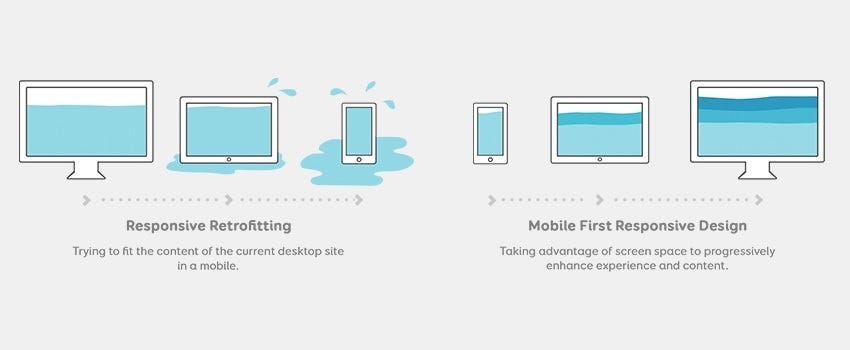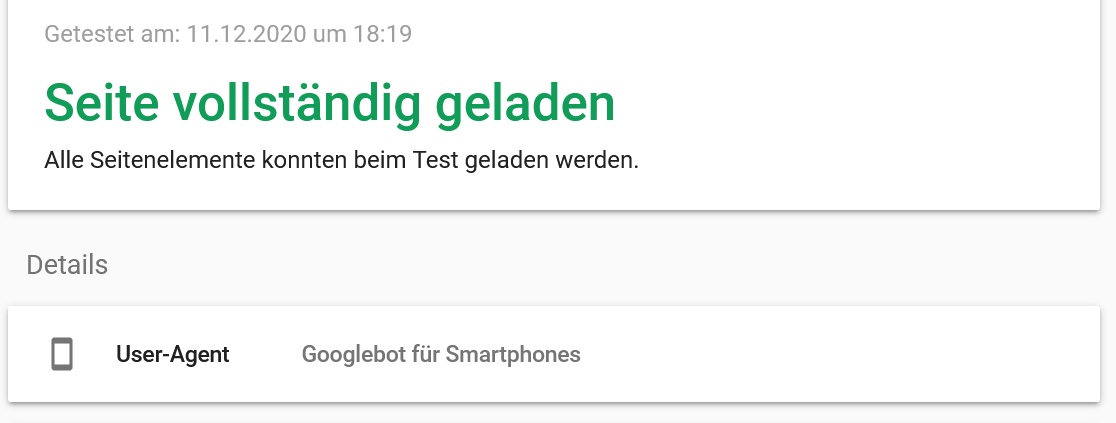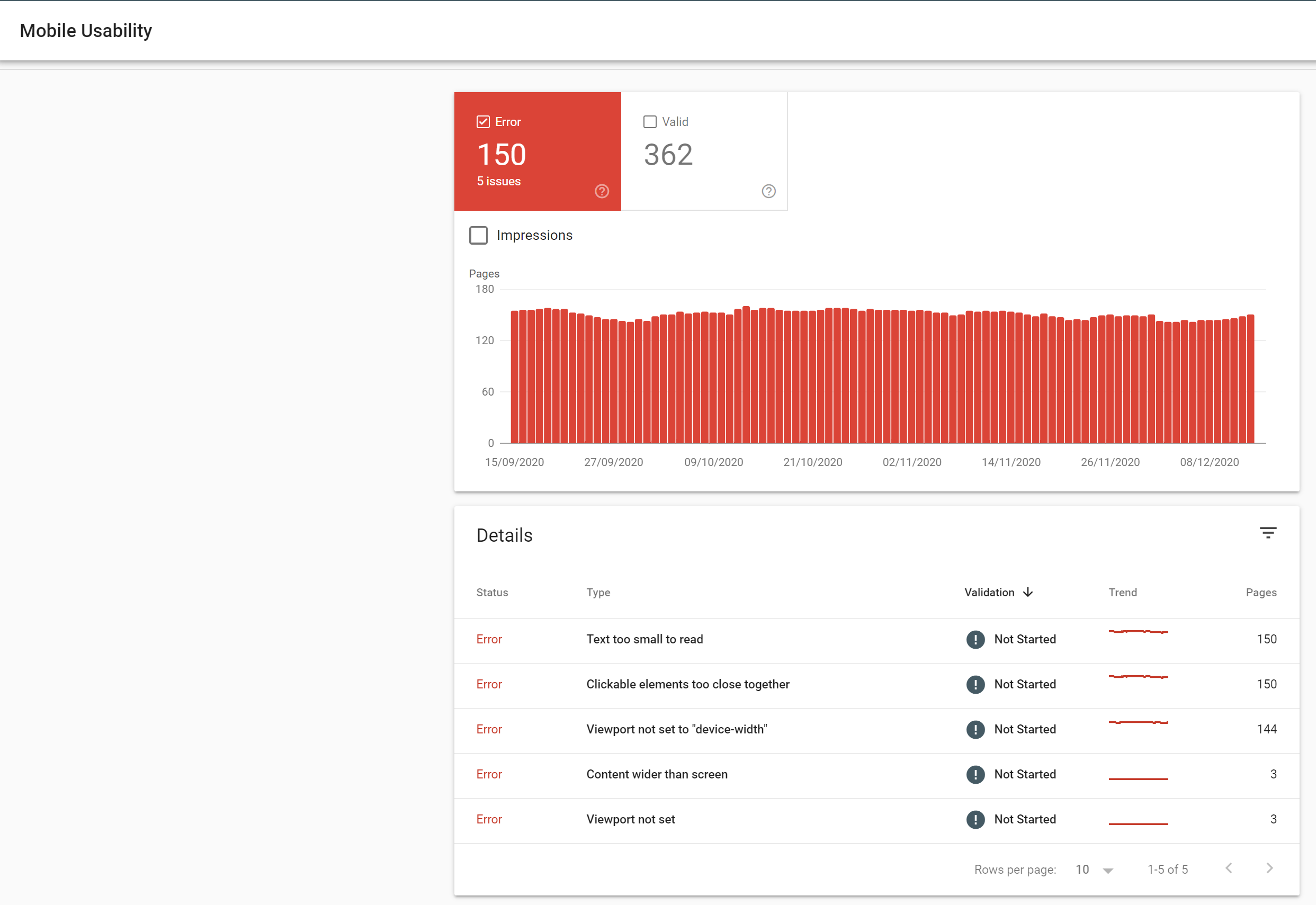With the Google Mobile First Index, Google has become the first search engine to optimally adapt its own search and display criteria to the Adapt and optimize requirements of the time. We will show you the importance of this index for your company and your website, what changes can be made and what is important to optimize your own page for the Mobile First Index.

The change in Internet use is reflected in Google
The use of the Internet has changed massively once again in recent years. Both private individuals and business people use the Internet to a much greater extent. via the various mobile devices and much less via stationary desktop computers. This is naturally also reflected in the use of websites and their offerings.
Websites that are not optimized for mobile devices and which cannot display content, for example, must expect more and more users to drop out.
This is now also supported by a search engine like Google account, which pages without such optimization no longer displays or ranks much worse. Therefore, the Google Mobile First Index was created. This has already been established for several years and plays an important role for many decision-makers.

What is the Google Mobile First Index?
For a long time a Ranking factor named Mobile friendliness an important criterion in the ranking of websites, especially when the searches were performed from mobile devices. However, as one factor among many, it could be overruled by several other factors. Therefore, it could cause some well-known websites to reach top values in Google rankings, but still be barely usable from mobile devices.
The Google Mobile First Index aims to ensure that when a search is performed, the page available for the mobile device is always with all information considered for the ranking will be. This ensures that the search results become better and the Satisfaction of users at the end devices is increasing. After all, the focus of search results is on pages where the results are actually readable and retrievable are.
The methods used by the creators of the site are up to them. Whether a responsive design, a dynamic provision of content or even a separate website for mobile and stationary devices, it has enough options to meet the requirements.
How to make your site attractive and appealing
For a page to be indexed by the Google Mobile First index, it must be optimized for mobile devices and make all data and information available on mobile devices. There are three different approaches to this.
A responsive web design
With responsive design, the website recognizes the Resolution and size of the end device used and optimally adapts the display and the content shown to the device. This makes it particularly easy to optimize a website for all different end devices. The design only needs to be fundamentally adapted.
Google currently gives preference to responsive design as it offers the highest flexibility across all platforms.

Own websites for desktop and mobile devices
An alternative solution is to operate different websites for mobile devices and for desktop users. If these are clearly distinguished and thereby comply with the specifications, the mobile pages can also be listed by the Google Mobile First Index. However, this is associated with a considerable effort for many pages, as always two sides must be maintained, serviced and filled with new content. Especially with dynamic websites, this is difficult to do in the long run.
Dynamic content delivery
It is possible to provide content dynamically via a URL, taking into account the type of device requesting the content. However, this form of provision is technically complex and must be programmed with a lot of care become. Google also actively supports the dynamic provision of content and is of course also prepared to list such websites in the mobile-first index. The important thing is that the provision works well and is clearly identified.
Google offers its own documentation for this.
How to check if your website is listed
The easiest way to check if your website has been listed by Google Mobile First index is to check the Google Search Console because it will be displayed directly in it. But even without Search Console, you can simply pay attention to Google's crawlers. If mobile-first indexing is available, around 80 percent of the crawlers in the user agent will be recognizable as smartphone Google bots. This makes it particularly easy to see where the focus is.

Without a mobile website it will be problematic in the future
Analysts assume that the proportion of users of mobile devices will continue to rise in the future. Internet use on stationary desktop computers will still play a role, but will be subordinate. Even business purchases will be made via mobile devices in the future, since here the The various accounts are optimally linked. Therefore, the Google Mobile First Index will also become increasingly important in the future, as sites rely on it.
If you don't show up in the rankings, you're voluntarily or involuntarily giving up a lot of traffic and potential conversions.
Therefore, it is mandatory for most companies in the future, Optimize your own website for mobile devices and land on the Google Mobile First index with it. Companies that have so far refrained from modernizing their own website should therefore make an effort to actively improve it as soon as possible.

Conclusion: Modern websites should actively support the Google Mobile First index
In today's world, when websites want to measure themselves against the competition, this usually always works through ranking. And with all SEO measures The Google Mobile First Index must also be taken into account, otherwise a large proportion of potential customers will not be served optimally.
So if you've been struggling with steadily shrinking visitor numbers for years, you might want to check whether your own site is already listed in the Mobile First Index.





